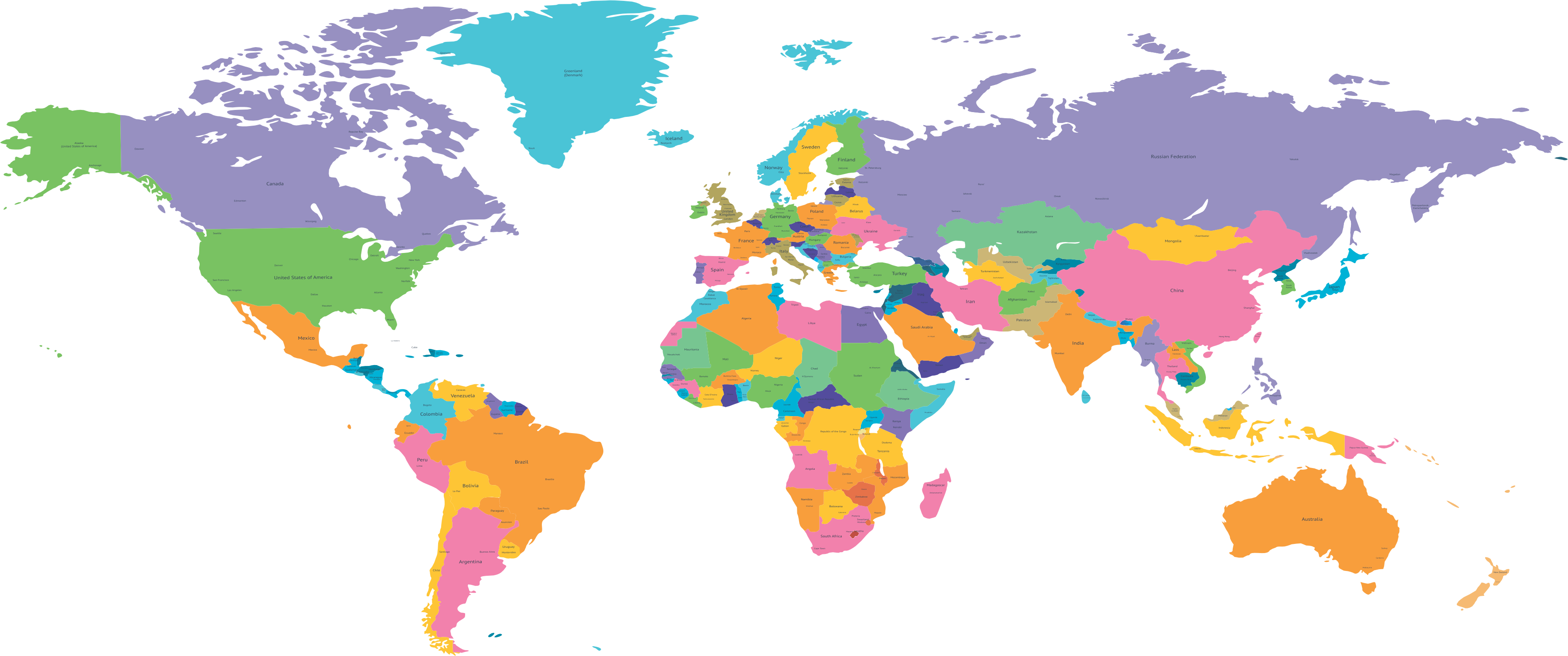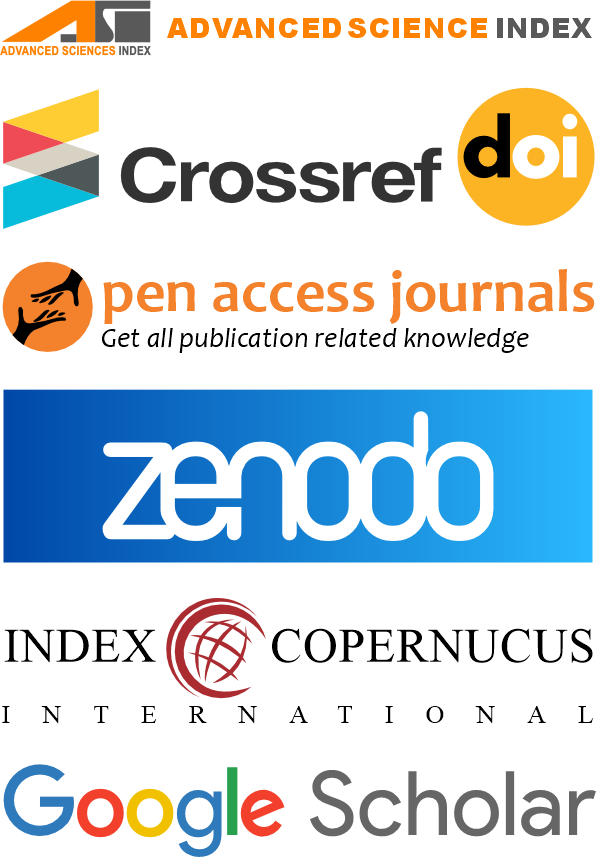Ministry of National Health Services Regulation and Coordination (MoNHSRC) Pakistan's Communication Amid the COVID-19 Crisis: An Analysis of Vaccine-Related Social Media Engagement
DOI:
https://doi.org/10.62997/rl.2025.42060Keywords:
Crisis Communication, COVID-19, Vaccine Messaging, Social Media, Facebook, Public Health CommunicationAbstract
This research analyses how the Ministry of National Health Services Regulation and Coordination (MoNHSRC) Pakistan utilized Facebook as a channel for crisis communication during the COVID-19 pandemic, with an emphasis on vaccine-related communications. By using a quantitative content analysis method, 375 Facebook posts published between February 1, 2021, and September 23, 2022, were reviewed to identify the most prevalent themes and to determine how frequently specific target audiences were mentioned in vaccine-related call-to-action messages. The data reveals that the most popular theme was "Up to Date Information," followed by "Call for Vaccine" and "Vaccine Supportive" and “Addressing public concerns and side effects” related to vaccine material, underlining Ministry of National Health Services Regulation and Coordination (MoNHSRC)’s importance on transparency and public health promotion. However, "Vaccine Availability" was the least highlighted theme, revealing a potential gap in logistical communication during a period of widespread concern and limited availability. With regard to targeting audience, the general public was targeted in the most of posts, while specific segments such as old citizens, healthcare workers, pregnant and breast-feeding women, and children received very less direct message. These results imply that while MoNHSRC maintained a constant online presence and offered vital information during the COVID-19 crisis, its communication strategy lacked personalized interaction with high-risk or hesitant populations. The study underlines the necessity of integrating focused, accessible, and inclusive messaging into future public health initiatives, especially in developing nations where social media plays a crucial role in crisis response.
References
Abid, K., Bari, Y. A., Younas, M., Tahir Javaid, S., & Imran, A. (2020). Progress of COVID-19 Epidemic in Pakistan. Asia Pacific Journal of Public Health, 32(4), 154–156. https://doi.org/10.1177/1010539520927259
AHMED, W., Vidal-Alaball, J., Downing, J., & López Seguí, F. (2020). COVID-19 and the 5G Conspiracy Theory: Social Network Analysis of Twitter Data. Journal of Medical Internet Research, 22(5), e19458. https://doi.org/10.2196/19458
Ali, A. (2022). Fragile states, decentralisation and the nature of barriers to citizen participation in local government: A view from Pakistan. SN Social Sciences, 2(2), 11. https://doi.org/10.1007/s43545-021-00308-1
Anyiwe, K., Richardson, M., Brophy, J., & Sander, B. (2020). Assessing adolescent immunization options for pertussis in Canada: A cost-utility analysis. Vaccine, 38(7), 1825–1833. https://doi.org/10.1016/j.vaccine.2019.12.021
Basch, C. H., Meleo-Erwin, Z., Fera, J., Jaime, C., & Basch, C. E. (2021). A global pandemic in the time of viral memes: COVID-19 vaccine misinformation and disinformation on TikTok. Human Vaccines & Immunotherapeutics, 17(8), 2373–2377. https://doi.org/10.1080/21645515.2021.1894896
Carson, S. L., Casillas, A., Castellon-Lopez, Y., Mansfield, L. N., Morris, D., Barron, J., Ntekume, E., Landovitz, R., Vassar, S. D., Norris, K. C., Dubinett, S. M., Garrison, N. A., & Brown, A. F. (2021). COVID-19 Vaccine Decision-making Factors in Racial and Ethnic Minority Communities in Los Angeles, California. JAMA Network Open, 4(9), e2127582. https://doi.org/10.1001/jamanetworkopen.2021.27582
Cash, R., & Patel, V. (2020). Has COVID-19 subverted global health? The Lancet, 395(10238), 1687–1688. https://doi.org/10.1016/S0140-6736(20)31089-8
Chew, C., & Eysenbach, G. (2010). Pandemics in the Age of Twitter: Content Analysis of Tweets during the 2009 H1N1 Outbreak. PLoS ONE, 5(11), e14118. https://doi.org/10.1371/journal.pone.0014118
Chou, W.-Y. S., & Budenz, A. (2020). Considering Emotion in COVID-19 Vaccine Communication: Addressing Vaccine Hesitancy and Fostering Vaccine Confidence. Health Communication, 35(14), 1718–1722. https://doi.org/10.1080/10410236.2020.1838096
Cinelli, M., Quattrociocchi, W., Galeazzi, A., Valensise, C. M., Brugnoli, E., Schmidt, A. L., Zola, P., Zollo, F., & Scala, A. (2020). The COVID-19 social media infodemic. Scientific Reports, 10(1), 16598. https://doi.org/10.1038/s41598-020-73510-5
Denecke, K., & Atique, S. (2016). Social Media and Health Crisis Communication During Epidemics. In Participatory Health Through Social Media (pp. 42–66). Elsevier. https://doi.org/10.1016/B978-0-12-809269-9.00004-9
Dixon, S. J. (2024, May 21). Number of monthly active Facebook users worldwide as of 3rd quarter 2023. Statista. https://www.statista.com/statistics/264810/number-of-monthly-active-facebook-users-worldwide/
Dubé, E., Laberge, C., Guay, M., Bramadat, P., Roy, R., & Bettinger, J. A. (2013). Vaccine hesitancy: An overview. Human Vaccines & Immunotherapeutics, 9(8), 1763–1773. https://doi.org/10.4161/hv.24657
Dubé, E., Vivion, M., & MacDonald, N. E. (2015). Vaccine hesitancy, vaccine refusal and the anti-vaccine movement: Influence, impact and implications. Expert Review of Vaccines, 14(1), 99–117. https://doi.org/10.1586/14760584.2015.964212
Elkin, L. E., Pullon, S. R. H., & Stubbe, M. H. (2020). “Should I vaccinate my child?” comparing the displayed stances of vaccine information retrieved from Google, Facebook and YouTube. Vaccine, 38(13), 2771–2778. https://doi.org/10.1016/j.vaccine.2020.02.041
Evans, W. D., Wallace, J. L., & Snider, J. (2012). Pilot evaluation of the text4baby mobile health program. BMC Public Health, 12(1), 1031. https://doi.org/10.1186/1471-2458-12-1031
Gesser-Edelsburg, A., Diamant, A., Hijazi, R., & Mesch, G. S. (2018). Correcting misinformation by health organizations during measles outbreaks: A controlled experiment. PLOS ONE, 13(12), e0209505. https://doi.org/10.1371/journal.pone.0209505
Glanz, K., Rimer, B. K., & Lewis, F. M. (Eds.). (2002). Health behavior and health education: Theory, research, and practice (3rd ed). Jossey-Bass.
Grajales Iii, F. J., Sheps, S., Ho, K., Novak-Lauscher, H., & Eysenbach, G. (2014). Social Media: A Review and Tutorial of Applications in Medicine and Health Care. Journal of Medical Internet Research, 16(2), e13. https://doi.org/10.2196/jmir.2912
Guidry, J. P. D., Jin, Y., Orr, C. A., Messner, M., & Meganck, S. (2017). Ebola on Instagram and Twitter: How health organizations address the health crisis in their social media engagement. Public Relations Review, 43(3), 477–486. https://doi.org/10.1016/j.pubrev.2017.04.009
Haqqi, A., Awan, U. A., Ali, M., Saqib, M. A. N., Ahmed, H., & Afzal, M. S. (2021). COVID‐19 and dengue virus coepidemics in Pakistan: A dangerous combination for an overburdened healthcare system. Journal of Medical Virology, 93(1), 80–82. https://doi.org/10.1002/jmv.26144
Huo, J., Desai, R., Hong, Y.-R., Turner, K., Mainous, A. G., & Bian, J. (2019a). Use of Social Media in Health Communication: Findings From the Health Information National Trends Survey 2013, 2014, and 2017. Cancer Control, 26(1), 1073274819841442. https://doi.org/10.1177/1073274819841442
Huo, J., Desai, R., Hong, Y.-R., Turner, K., Mainous, A. G., & Bian, J. (2019b). Use of Social Media in Health Communication: Findings From the Health Information National Trends Survey 2013, 2014, and 2017. Cancer Control, 26(1), 1073274819841442. https://doi.org/10.1177/1073274819841442
Jha, A., Lin, L., & Savoia, E. (2016). The Use of Social Media by State Health Departments in the US: Analyzing Health Communication Through Facebook. Journal of Community Health,41(1), 174–179. https://doi.org/10.1007/s10900-015-0083-4
Karafillakis, E., & Larson, H. J. (2017). The benefit of the doubt or doubts over benefits? A systematic literature review of perceived risks of vaccines in European populations. Vaccine, 35(37), 4840–4850. https://doi.org/10.1016/j.vaccine.2017.07.061
Krebs, P., Prochaska, J. O., & Rossi, J. S. (2010). A meta-analysis of computer-tailored interventions for health behavior change. Preventive Medicine, 51(3–4), 214–221. https://doi.org/10.1016/j.ypmed.2010.06.004
Larson, H. J., Jarrett, C., Eckersberger, E., Smith, D. M. D., & Paterson, P. (2014). Understanding vaccine hesitancy around vaccines and vaccination from a global perspective: A systematic review of published literature, 2007–2012. Vaccine, 32(19), 2150–2159. https://doi.org/10.1016/j.vaccine.2014.01.081
Loades, M. E., Chatburn, E., Higson-Sweeney, N., Reynolds, S., Shafran, R., Brigden, A., Linney, C., McManus, M. N., Borwick, C., & Crawley, E. (2020). Rapid systematic review: The impact of social isolation and loneliness on the mental health of children and adolescents in the context of COVID-19. Journal of the American Academy of Child and Adolescent Psychiatry, 59(11), 1218-1239.e3. https://doi.org/10.1016/j.jaac.2020.05.009
Loomba, S., De Figueiredo, A., Piatek, S. J., De Graaf, K., & Larson, H. J. (2021). Measuring the impact of COVID-19 vaccine misinformation on vaccination intent in the UK and USA. Nature Human Behaviour, 5(3), 337–348. https://doi.org/10.1038/s41562-021-01056-1
Martin, S., Kilich, E., Dada, S., Kummervold, P. E., Denny, C., Paterson, P., & Larson, H. J. (2020). “Vaccines for pregnant women…?! Absurd” - Mapping maternal vaccination discourse and stance on social media over six months. Vaccine, 38(42), 6627–6637. https://doi.org/10.1016/j.vaccine.2020.07.072
Moorhead, S. A., Hazlett, D. E., Harrison, L., Carroll, J. K., Irwin, A., & Hoving, C. (2013). A New Dimension of Health Care: Systematic Review of the Uses, Benefits, and Limitations of Social Media for Health Communication. Journal of Medical Internet Research, 15(4), e85. https://doi.org/10.2196/jmir.1933
NapoleonCat. (2021, February). Facebook users in Pakistan - February 2021. Napoleoncat.com. https://napoleoncat.com/stats/facebook-users-in-pakistan/2021/02/
Paek, H.-J., Kim, K., & Hove, T. (2010). Content analysis of antismoking videos on YouTube: Message sensation value, message appeals, and their relationships with viewer responses. Health Education Research, 25(6), 1085–1099. https://doi.org/10.1093/her/cyq063
Park, H., Rodgers, S., & Stemmle, J. (2011). Health organizations’ use of Facebook for health advertising and promotion. Journal of Interactive Advertising, 12(1), 62–77. https://doi.org/10.1080/15252019.2011.10722191
Puri, N., Coomes, E. A., Haghbayan, H., & Gunaratne, K. (2020). Social media and vaccine hesitancy: New updates for the era of COVID-19 and globalized infectious diseases. Human Vaccines & Immunotherapeutics, 16(11), 2586–2593. https://doi.org/10.1080/21645515.2020.1780846
Saqlain, M., Munir, M. M., Rehman, S. U., Gulzar, A., Naz, S., Ahmed, Z., Tahir, A. H., & Mashhood, M. (2020). Knowledge, attitude, practice and perceived barriers among healthcare workers regarding COVID-19: A cross-sectional survey from Pakistan. Journal of Hospital Infection, 105(3), 419–423. https://doi.org/10.1016/j.jhin.2020.05.007
Seeger, M. W. (2006). Best Practices in Crisis Communication: An Expert Panel Process. Journal of Applied Communication Research, 34(3), 232–244. https://doi.org/10.1080/00909880600769944
Shafi, M., Liu, J., & Ren, W. (2020). Impact of COVID-19 pandemic on micro, small, and medium-sized Enterprises operating in Pakistan. Research in Globalization, 2, 100018. https://doi.org/10.1016/j.resglo.2020.100018
Sharma, M., Yadav, K., Yadav, N., & Ferdinand, K. C. (2017). Zika virus pandemic—Analysis of Facebook as a social media health information platform. American Journal of Infection Control, 45(3), 301–302. https://doi.org/10.1016/j.ajic.2016.08.022
Snyder, L. B. (2007). Health Communication Campaigns and Their Impact on Behavior. Journal of Nutrition Education and Behavior, 39(2), S32–S40. https://doi.org/10.1016/j.jneb.2006.09.004
Wang, Y., McKee, M., Torbica, A., & Stuckler, D. (2019). Systematic Literature Review on the Spread of Health-related Misinformation on Social Media. Social Science& Medicine, 240, 112552. https://doi.org/10.1016/j.socscimed.2019.112552
Winters, M., Christie, S., Lepage, C., Malik, A. A., Bokemper, S., Abeyesekera, S., Boye, B., Moini, M., Jamil, Z., Tariq, T., Beresh, T., Kazymyrova, G., Palamar, L., Paintsil, E., Faller, A., Seusan, A., Bonnevie, E., Smyser, J., Khan, K., … Omer, S. B. (2023). Persuasive COVID-19 vaccination campaigns on Facebook and nationwide vaccination coverage in Ukraine, India, and Pakistan. PLOS Global Public Health, 3(9), e0002357. https://doi.org/10.1371/journal.pgph.0002357
Yousaf, M., Zahir, S., Riaz, M., Hussain, S. M., & Shah, K. (2020). Statistical analysis of forecasting COVID-19 for upcoming month in Pakistan. Chaos, Solitons & Fractals, 138, 109926. https://doi.org/10.1016/j.chaos.2020.109926




